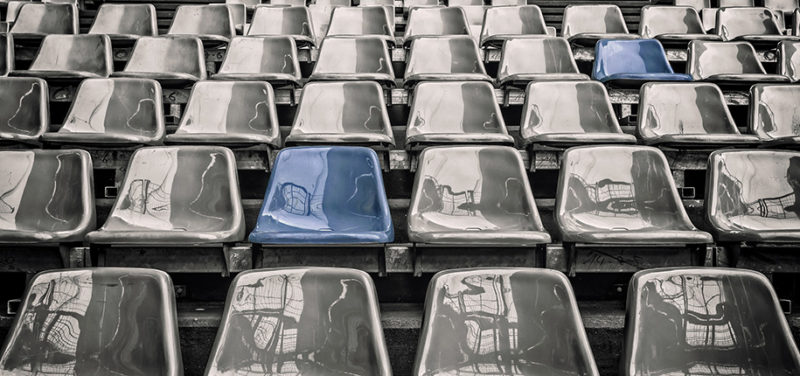
Technology has changed our lives dramatically. When I was in school, I remember having to go to the library to look at encyclopedias and textbooks to complete all of my writing assignments. Now, children can type a few keywords into a computer and click. Within seconds, a world of information is on the screen.
Today, nearly every profession involves the use of a computer equipped with the internet. The unintended consequence of this is that many more workers have become more sedentary. According to the American Heart Association, the number of sedentary jobs has increased 83 percent since 1950. Researchers have been studying the sedentary lifestyle and its effects on health. There have been linkages to increased risks of chronic diseases, including heart disease, diabetes, and obesity. Some go as far to explain that “sitting is the new smoking.”
Radiologists are not immune to these risks. Many radiologists spend most of their days in front of a computer interpreting medical imaging for patients. The most common reason for us to stand is to perform a procedure. Throughout my career, I have been thinking about ways to combat the sedentary lifestyle. Here are some fundamental ways to turn a sedentary work environment into an active work environment.
Stand up and stretch at regular intervals
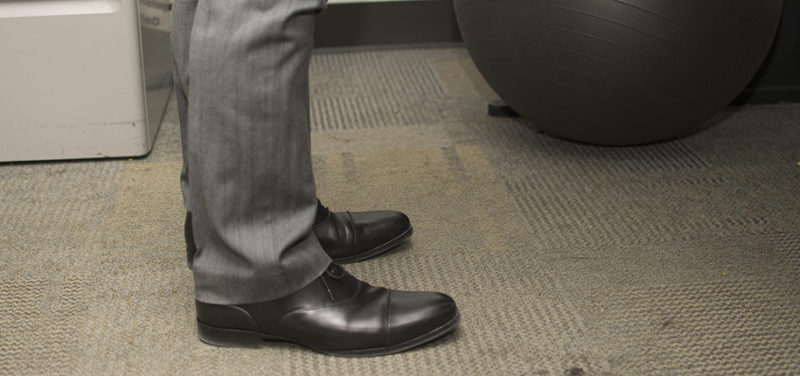
I would advise doing this at least once per hour. It does not have to be for that long. I typically use this for a bathroom break because I drink a lot of water (see below). You can also visit your favorite coworkers, grab a snack from the break room, or grab a drink of water. Another benefit is increased circulation in your legs. In my opinion, the most important advantage is to get your eyes off of a screen for a little while to decrease eye fatigue. Many fitness trackers, like the Apple Watch and Fitbit, can give you reminders to do this every day.
Take the stairs
The closest parking garage elevator to my lot is the slowest elevator I have ever seen. I am very thankful for this because it has forced me to take the stairs everyday; otherwise, I would be late very frequently.
Along with the benefit of increased circulation in your legs, climbing stairs is an excellent exercise! It is known to burn more calories than a light jog. You can work against the resistance of gravity, so it helps with leg strength. It saves electricity. Best of all, you know where the stairs are in case of a fire! However, I would not blame you if you took the elevator to go from the first to the tenth floor. Sweating at an office job is not a good look.
Drink water regularly
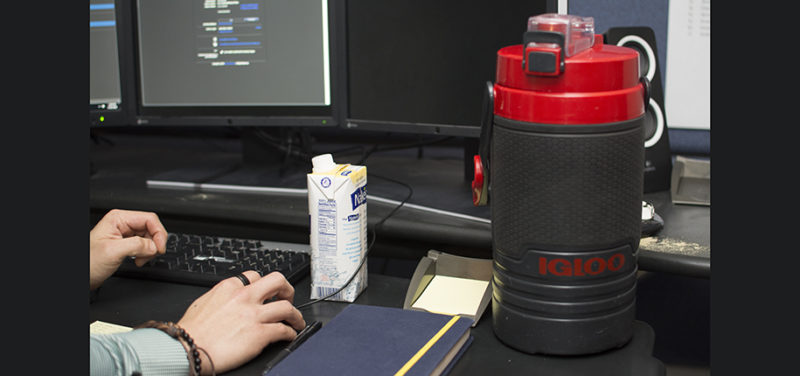
Those who work with me regularly know that I carry a huge red and black jug of water with me every day. First of all, pure water has zero calories! Second, I am often sore from exercising the night before. Drinking water helps flush that lactic acid and other toxins readily. Lastly, compared to other fruit juices and sodas, water has more health benefits, such as reducing hunger, increasing metabolism, and increasing focus.
Use a standing desk
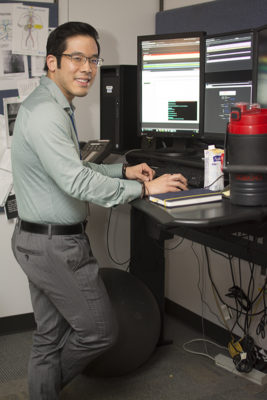
Transitioning from a sitting to a standing position has many benefits. Standing burns more calories than sitting. You can lose about 1000 more calories in a week by standing at your desk instead of sitting. There are also studies that are showing that standing desks can reduce back pain, improve mood, and even improve productivity.
There are brands, such as Varidesk, that provide solutions for small workstations that do not require buying an entirely new desk. For the large workstations that we need here in the Radiology Department, we need the heavy-duty stuff!
Don’t have a standing desk? Use a stability ball as your chair!
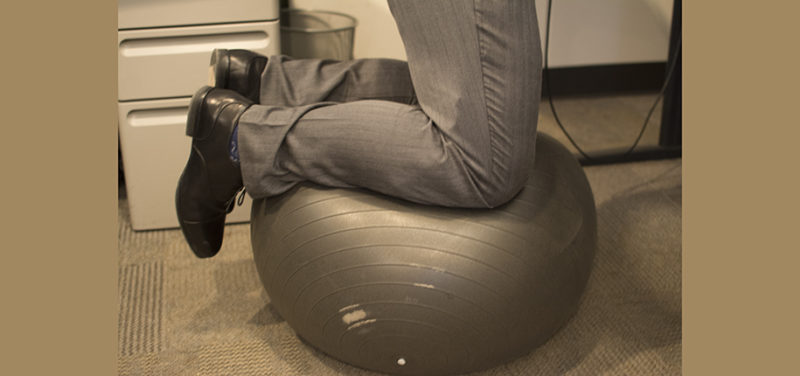
Not all of our workstations have standing desks. I have a stability ball at work, in case I cannot set myself up at a standing desk. Stability balls are lightweight, inflatable balls most commonly seen at a gym. The benefits of sitting on a stability ball come from the time you spend actively balancing your body for correct posture. Stability balls work your core and back muscles to function in sync so that you remain sitting and do not fall. I like it because I can knock off a small core workout when there is downtime during the day.
Pretend it’s 1950 again
Texting and emailing are limiting in that you have to say what you want to say in the fewest words possible. Lengthy messages are difficult to read on a screen.
Now, I am not saying that we should send letters, carrier pigeons, or smoke signals to coworkers who are just walking-distance away. If your coworker is just a short walk away, visit him or her and have a face-to-face conversation. In general, this method is much more personable. You become a name with a face instead of a name with an email address or phone number. This results in better communication because you can add intonation in your speech and even employ nonverbal communication methods, such as hand gestures.
Best of all, this is an excellent excuse to get out of your chair and take a walk!
And finally, if you want to get intense with this, here are some exercises that I do in a small space when I work overnight. Enjoy!
Contributed by Dr. Alan Chen and edited by Michelle Gramke, (ADV TECH_US).
